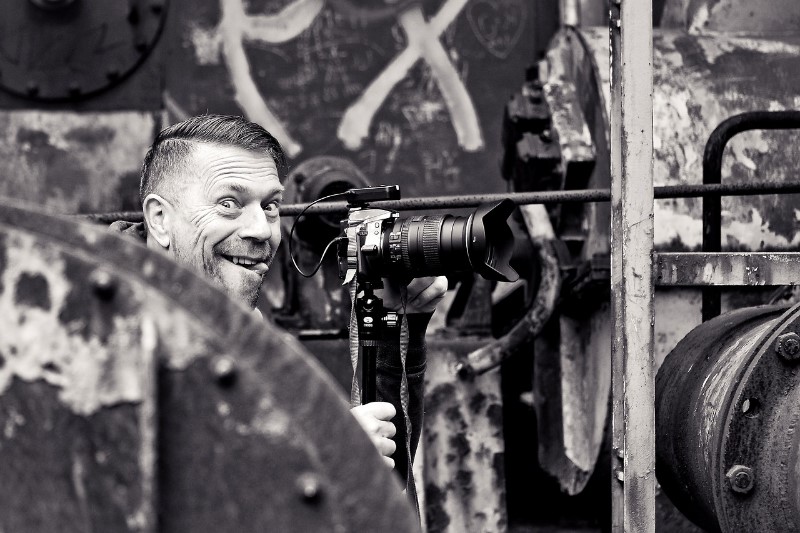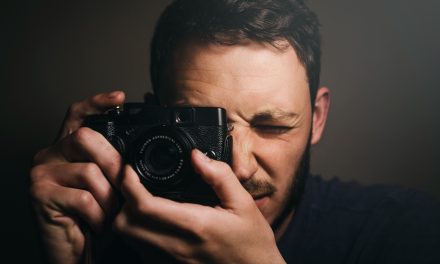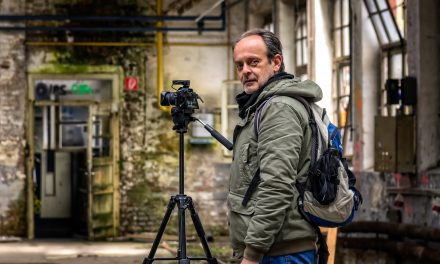There are plenty of problems that might crop up during a photoshoot. The first time it happens to you, you probably won’t know what to do or how to fix it. But don’t panic – with this guide, you will have some of the answers at hand, ready for when you need them.
Images Coming Out Yellow/Blue/the Wrong Colour Tint
You set up your camera correctly, get the exposure right, and then take your shot – but when you look at the back of your camera, the image seems to be coming out with a strange colour tint. The most common will be a yellow or orange colour, or blue. The answer here is that you need to change your white balance off the auto setting, which doesn’t always work, to a corrective setting.
But don’t panic if you forget to do this in-camera – you can use the levels tool in Photoshop, or the colour balance tool, to correct it in post-production. Lightroom also has functions that can help. It may take a little more time, but at least the photographs can be saved.
Lights Too Bright
If you’re setting up studio lighting, you might be surprised in a smaller shoot setting to find that all of your shots are coming out way too bright. So, what can you do about it? First, don’t be tempted to change your shutter speed. If you’re using flash lighting, you usually can’t change it from 1/125 as this is calibrated to the speed of the lights. Raise your speed, and you might get problems with a wall of darkness sweeping over your image as the flash is only half-caught.
Try changing other settings, like putting your ISO all the way down and bringing your f-stop up. Of course, if you don’t want to mess with your depth of field, you might feel like you’re out of options. Put your lights all the way down to their lowest setting. Still too bright? There’s something decidedly low-tech that you might not realise is the answer: just move the lights further away. You can also turn them around to point away from your subject, as the light will bounce back and still illuminate them.
Not Enough Light
Especially if you’re shooting on location, or without studio lights, you might come across a big problem when the sun goes behind a cloud. Without enough light, your subject will be dark and murky. Try these tips:
- Raise your ISO
- Lower your shutter speed and f-stop
- Have your subject turn towards the nearest light source
- Walk closer to available light sources
- Use a reflector to shed light on your subject’s face or body
- Bring a flashgun along to provide fill-in light
- Use your on-camera flash as a last resort: it often produces a very different look to what you may have been going for
Images Blurry When Zoomed in
The most common reason behind blur in your images will be camera shake. Presuming you have your focus set up correctly – and your autofocus is working if turned on – movement will be the only reason for blur. Sometimes we want that – when showing that an image is moving fast with motion blur, for example – but most of the time, we don’t. Use a higher shutter speed to cut out camera shake: you’ll normally need to be above at least 1/125 if not using a tripod, but 1/250+ is better.
Some People Aren’t in Focus
If you’re shooting more than one person at the same time, and you can’t get them all in focus at once, there’s a very clear reason behind this. Your depth of field is not wide enough to fit everyone in. Think of it as a plane stretching out in front of you, marked with set distances. If you increase your f-stop, you can cover greater distances across the plane.
Your solutions to this could be one of two options: either increase your f-stop to fit everyone in the focus band, or move your subjects around so that they are all within the band you want to use. It’s up to your discretion whether the camera settings or the composition is more important.
The Camera Won’t Shoot
There are many, many reasons why your camera might refuse to take a picture. If you’re lucky, you will have an error code flashing up which you can search for, but if not, here are some potential reasons:
- Your memory card is not working (try popping it out and then back in)
- You’ve run out of room on your memory card
- Your battery is flat or so close to flat that the camera can’t function
- Your lens is not attached properly
- Your lens is attached properly, but a manual switch on the lens does not match a setting on your camera
- Your camera is hooked up to an external light but your settings are wrong
- Your processor is still working on the last image (try shooting in large quality JPEG rather than RAW if you aren’t able to process fast enough to keep up with the action)
- Unknown glitch – turn the camera off and on again to get it working
Your Model Can’t Stop Squinting
If you’re shooting on location, sunlight can be a big issue. You need it to keep your subject looking good, but when it gets into their eyes, what can you do? One technique is simply to swivel them around slightly so that the light is still hitting them directly but they are not looking into it. Another is to have them wait with their eyes closed, then open them on a count of three – at which point you press the shutter. You could also have them wear sunglasses if that wouldn’t ruin the look you’re going for!
If your model is squinting under studio lights, or can’t stop blinking when the flash goes off, there unfortunately isn’t much you can do.
These are just some of the key photoshoot problems that might come up – what have you had happen recently that you couldn’t figure out how to deal with?





